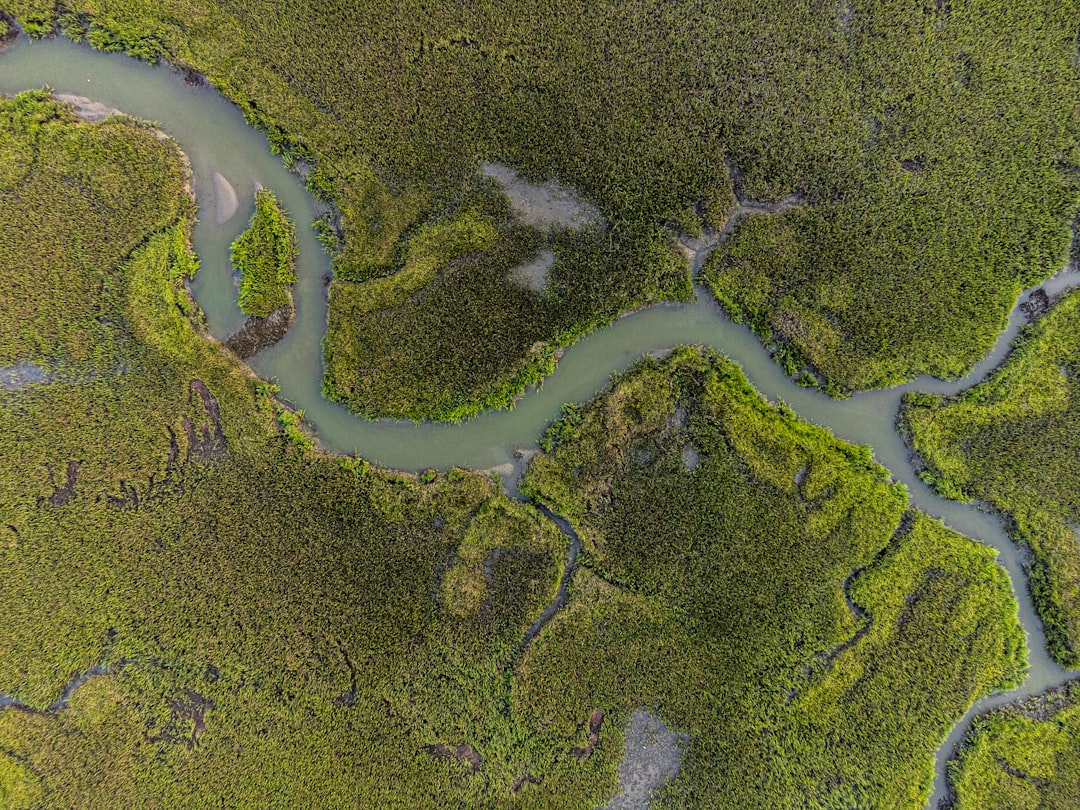What is it about?
Quiescent volcanoes produce solfataric gas emissions for several decades before injection of basaltic magma in the plumbing system can lead to a renewal of volcanic degassing and finally triggering an eruptive activity. During early fall 2021, a noticeable increase in volcanic outgassing has occurred at Vulcano, Italy. The resumption of the volcanic degassing has not achieved critical conditions to produce an explosion, but the gas hazard has increased dangerously, to the point where civil protection authorities (Dipartimento della Protezione Civile Italiana) have hindered access to some areas of the island.
Featured Image

Photo by Andrea Campagna on Unsplash
Why is it important?
A combination of magmatic and hydrothermal degassing sustains the fumarolic emissions at the crater rim, warms the shallow groundwater, and causes the soil CO2 emissions at Vulcano Porto. Depending on the predominance of the magmatic source over the hydrothermal one, it establishes the probability of occurrence for an explosive volcanic eruption. To explore the cause which forced the volcanic system toward a period of unrest, we modelled soil gas measurements using mass balance calculations. Variations in some variables of the soil gas, notably the CO2 flux and the carbon isotopic composition, are recognized as effective tracers of volcanic activity. We used specialized instruments such as fluxmeters and spectrophotometers to measure the soil CO2 flux and the carbon isotopes of CO2 during four soil gas surveys in 2021. Since September 2021, the volcanic CO2 emissions increased almost 10 times its baseline. This impressive variation was most likely due to the instability of a magmatic body lying at the Moho discontinuity, which is the boundary layer between the crust and the mantle in the Earth’s interior. At Vulcano, sudden resumption of volcanic degassing had not been recorded before, and the unrest period is still continuing. A prompt understanding of the causes of similar variations are important for volcanic risk management because future changes in magmatic activity might produce larger CO2 emissions that will have the ancillary risk of gas hazards as well as that of an explosion.
Perspectives
Writing this article was exciting because it describes a concrete professional experience that made me aware of the effects of scientific results on social activities and populations. Working in the field and in the laboratory has been compelling because there are co-authors with whom I have collaborated extensively.
Dr Roberto M. R. Di Martino
Istituto Nazionale di Geofisica e Vulcanologia
Read the Original
This page is a summary of: Hazardous Changes in Soil CO
2
Emissions at Vulcano, Italy, in 2021, Journal of Geophysical Research Solid Earth, October 2022, American Geophysical Union (AGU),
DOI: 10.1029/2022jb024516.
You can read the full text:
Contributors
The following have contributed to this page










